London Zoo is home to 806 species of animals, insects, amphibians, birds, and reptiles.

The zoo, which is run by the Zoological Society of London (ZSL) and located in northwest London at Regent's Park, is 36 acres in size and was first built in 1828 as a scientific study centre. It opened to the public in 1847.
Last week, BuzzFeed News was invited to go behind the scenes with veterinary nurse Sophie Sparrow to discover how the animals are cared for.
Armed with a list of questions, we followed Sophie around the zoo for several hours meeting monkeys, tortoises, frogs, and many other animals.
Here are seven of the most interesting things we learned:
1. You don't need a special degree to be a vet nurse in a zoo but it is a very competitive industry.

Sophie is 27 and has worked at London Zoo for about two years. Before moving to London she worked in an ordinary vet practice, but had previously worked at a different zoo.
"There are different ways to become a vet nurse," she said. "You can do a degree at university or go to college. But you don't need to do further study to work in a zoo. The skills are exactly the same; most vet nurses work with cats and dogs, but at the zoo we just tailor those skills to other species.
"We translate what we learned. Like a hippo is a big cow, an okapi is a horse, and a tiger is just a big cat.
"It is hard to get a job in a zoo though. There are only 17 or 18 vet nurses working at zoos in the UK. We have four here."
2. The zoo's number one priority is conservation.
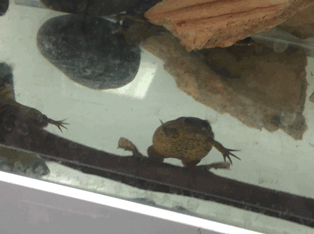

"Because of humans and environmental changes many wild populations are diminishing. By having animals in zoos we are keeping the species alive," Sophie told us.
"We safeguard the gene pool and if a species were to die out in the wild it falls to zoos to save the species. Our animals live longer, have everything they need, and we are always working to enrich their lives."
As an example, Sophie showed us a tank of Lake Oku clawed frogs. The frogs are found only in Lake Oku in northwest Cameroon and are critically endangered. Several years ago, London Zoo was the first zoo to successfully breed the frogs in captivity.
"If fish were introduced into the lake or the frogs got a disease. the whole species could be wiped out," she said. "That's why it's so important that we study them and breed them here."
3. Galapagos tortoises like to have their necks scratched.
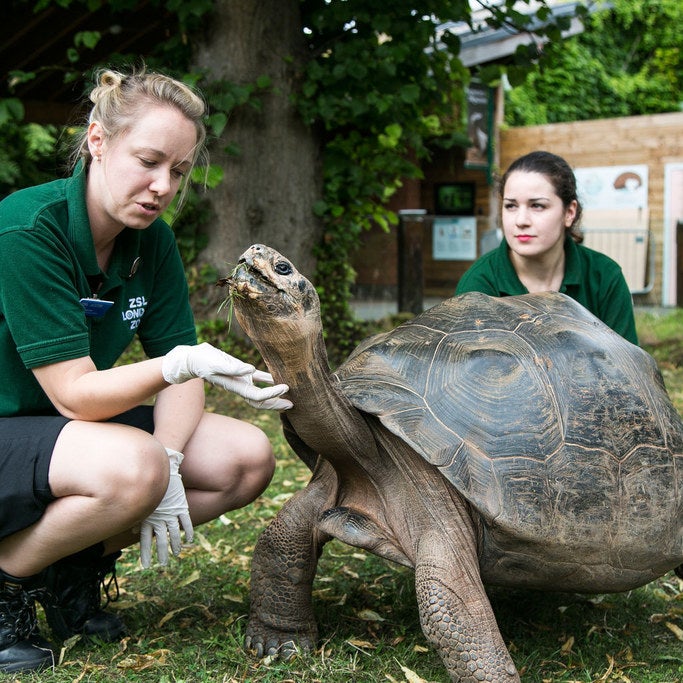
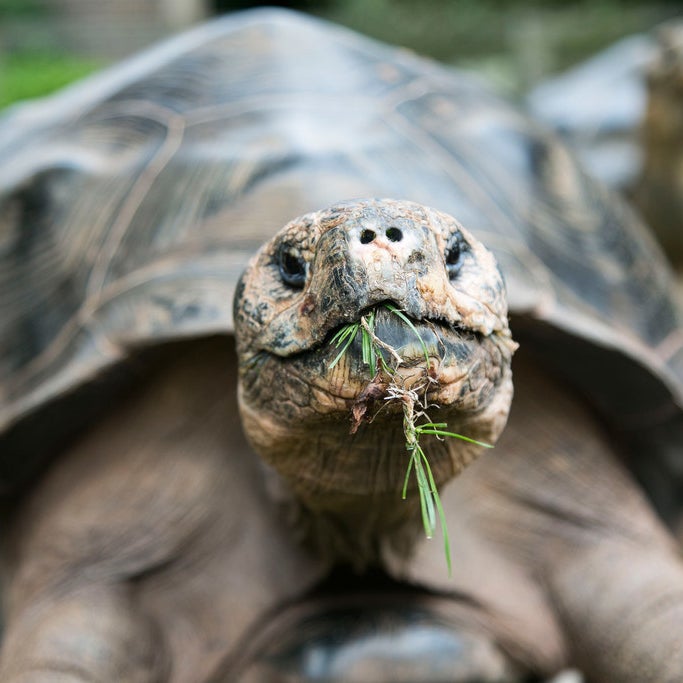
That's Polly. She is 21 years old and lives with her two sisters Dolly and Priscilla. When we visited Sophie was checking her face for signs of injury. Dolly had cut her face several weeks ago and the nurses were monitoring it regularly to make sure it healed well.
4. The zoo trains many of the animals to allow health checks to be undertaken more easily.
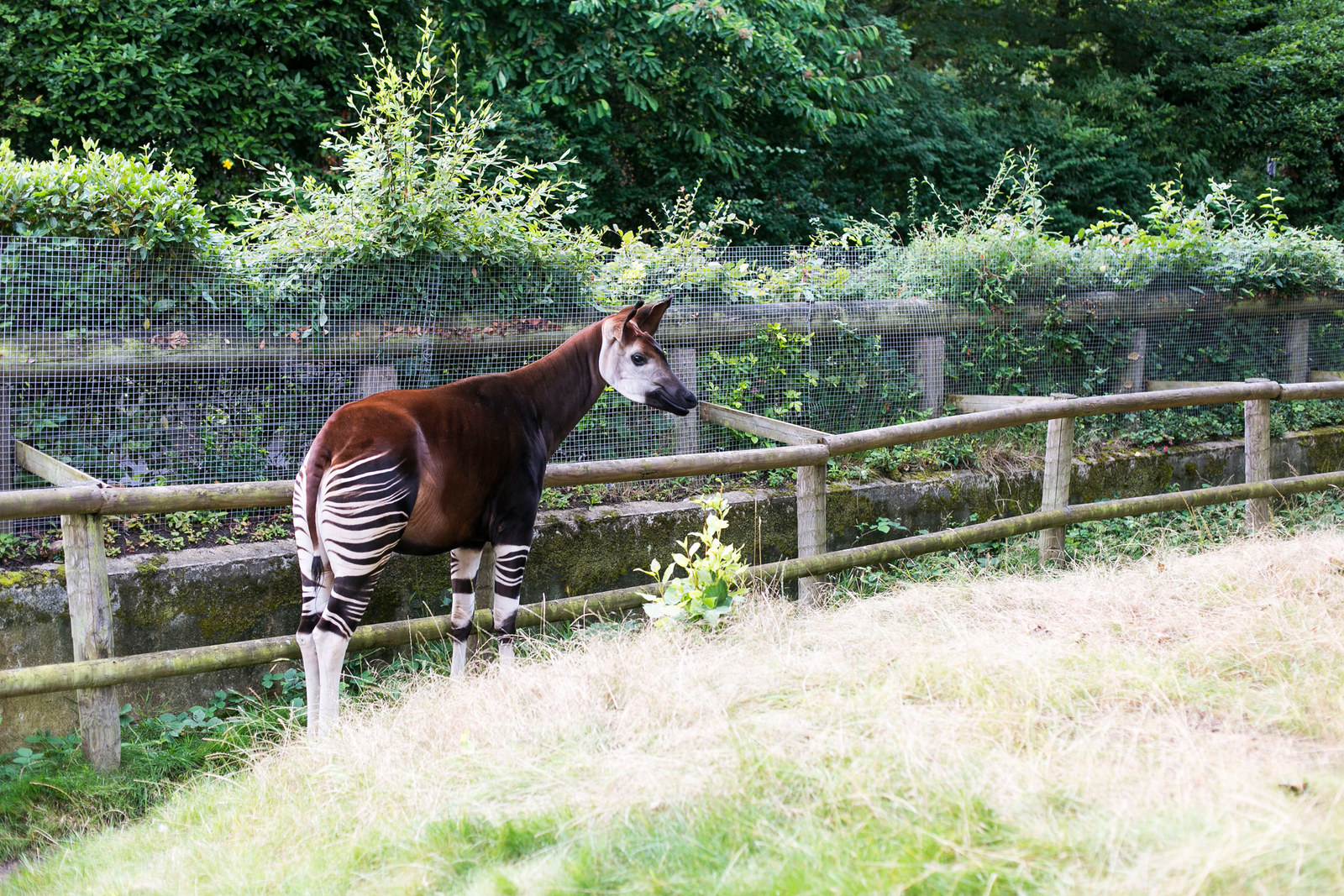
Many of the zookeepers at London Zoo have trained the animals they care for to perform certain movements so it is easier for vets to give them health checks.
When we visited, keeper Gemma Metcalf showed us how she had taught 2-year-old okapi Oni how to stand still for an X-ray.
"Oni had a swollen mouth and the vets wanted to her under to do an X-ray, but I asked to be given time to train her because putting her under anesthetic can be very risky. Within two days she learnt that if she licked a black dot on a target she would get a treat and soon I got her standing still enough to have an X-ray. She is very clever."
Gemma said the benefits of training were many. "It reduces the need for sedating and invasive procedures and it is enriching for the animals."
5. Monkeys, gorillas, and big cats are the smelliest animals to work with.
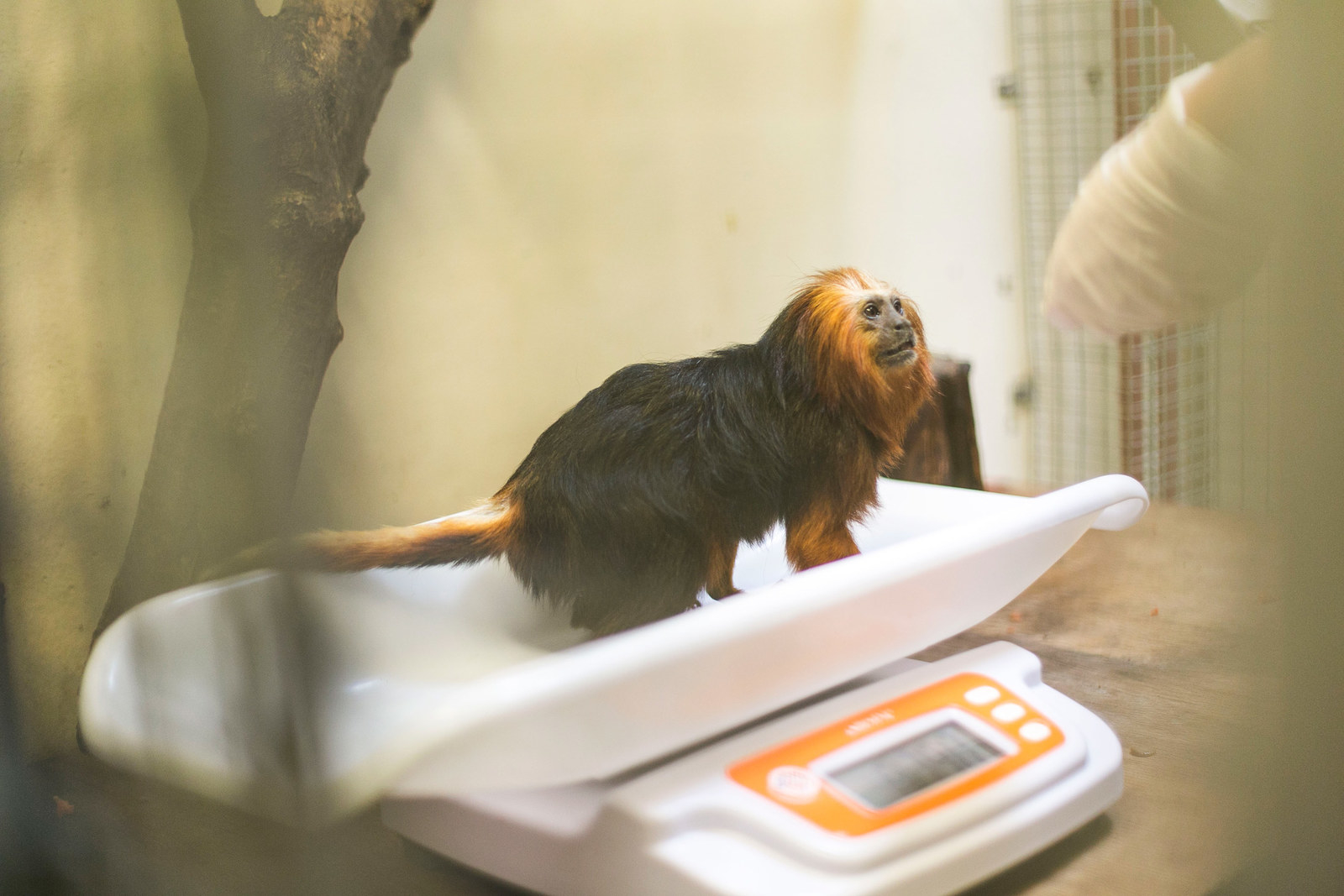
We asked Sophie what the worst smell in the zoo was and, unsurprisingly, there were a few scents that stood out.
"Big cat faeces is the worst. Some of the little monkeys have a very vinegary smell that can make your eyes water, especially early in the morning," she said.
"Someone once described the smell of gorillas to me as a cross between human BO and marijuana. That's a pretty foul one."
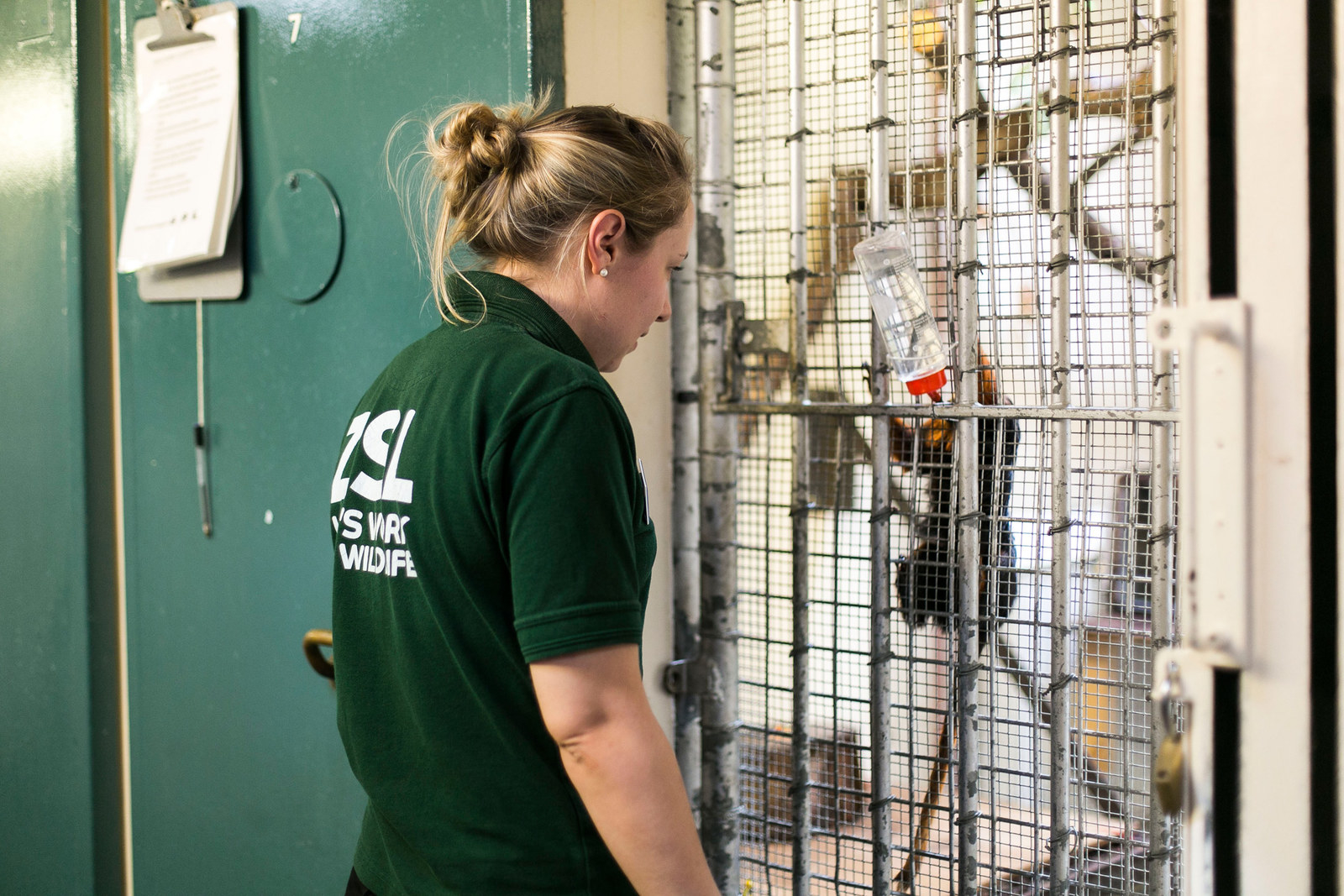
6. A seahorse at London Zoo once gave birth to 1,019 babies at one time. 😮
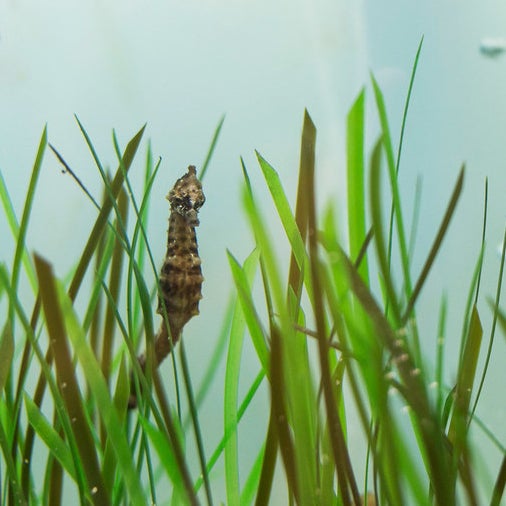
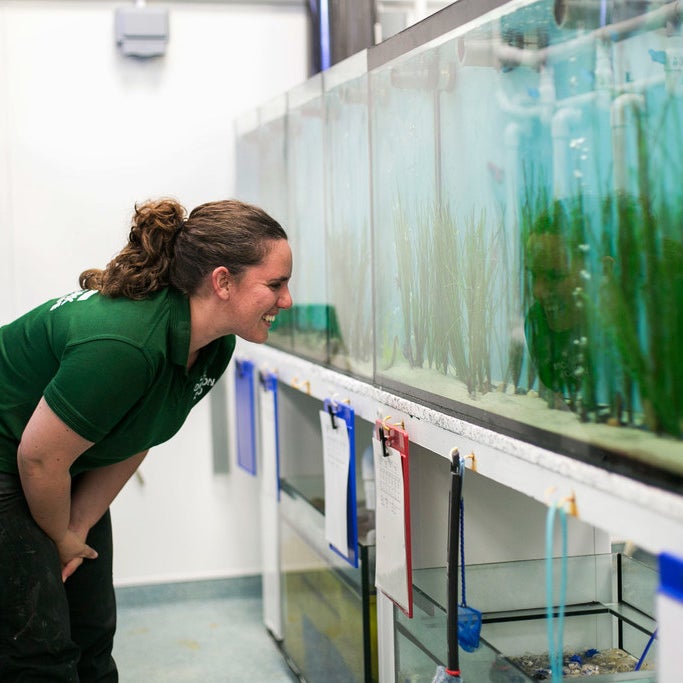
"Male seahorses are kind of like the TARDIS," senior keeper Sam Guillaume-Slatter told us. "Their pouch is bigger than it looks on the outside."
Sadly though, in the wild only 3-5% of seahorse babies survive to adulthood. At London Zoo, Sam said the keepers have managed to increase the survival rate to 20%.
When we visited, one seahorse had just days before given birth to 60 babies.
7. Zoo staff sometimes get to travel and work on conservation projects across the world.
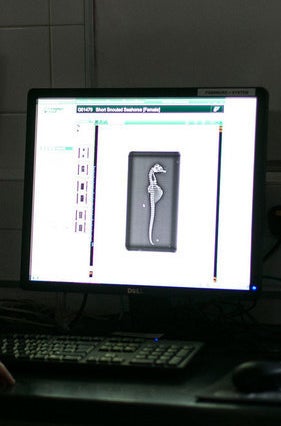

ZSL runs conservation programmes in Britain and over 50 countries worldwide. For example, in Kenya ZSL staff have been working closely with local organisations to conserve the black rhino population. And in Sri Lanka, staff are on the ground working to save the endangered red slender loris.
ZSL scientists are also at the forefront of research into the fungal disease chytridiomycosis, which has decimated frog populations worldwide. Their work on the disease is being used to conserve at-risk amphibian populations across the world.

